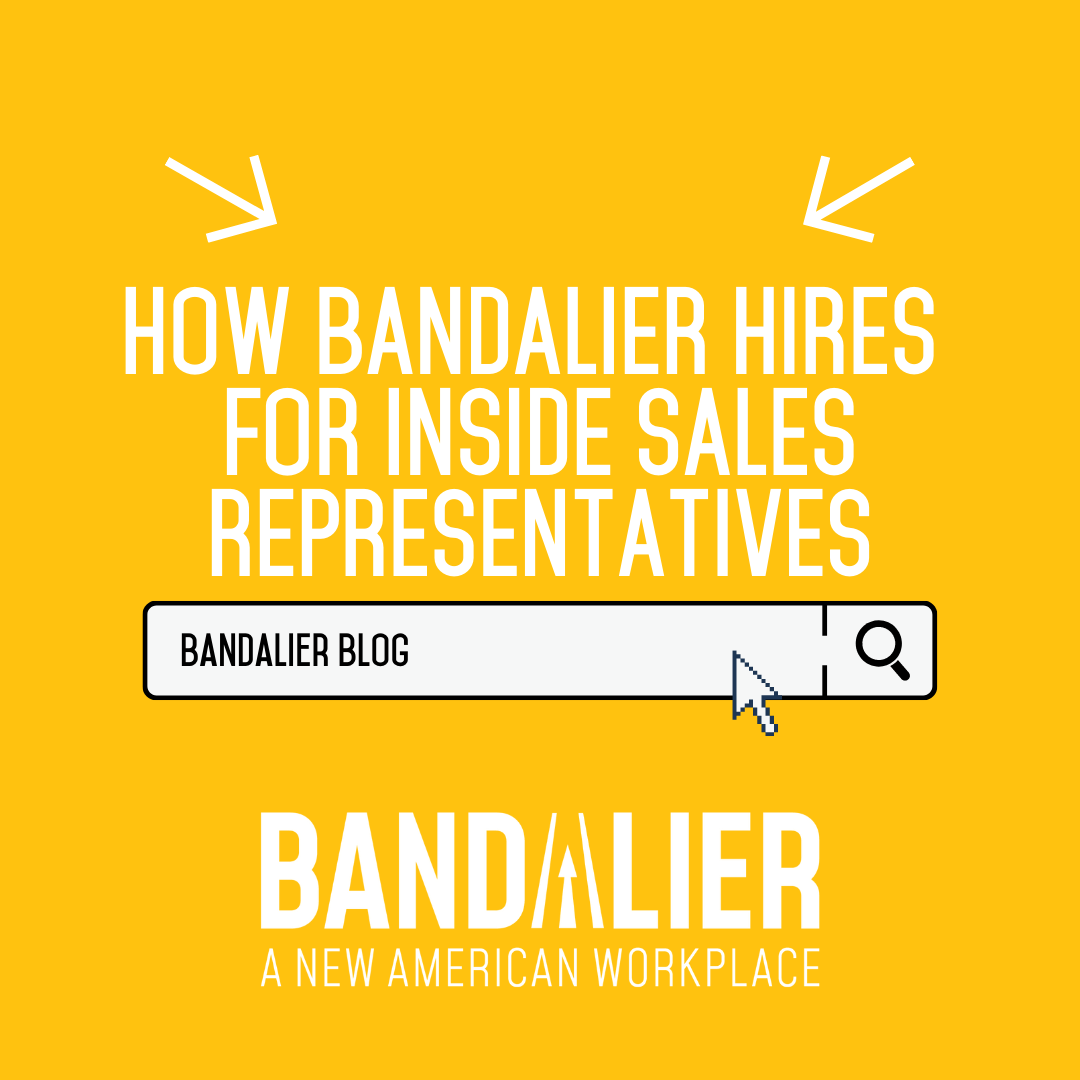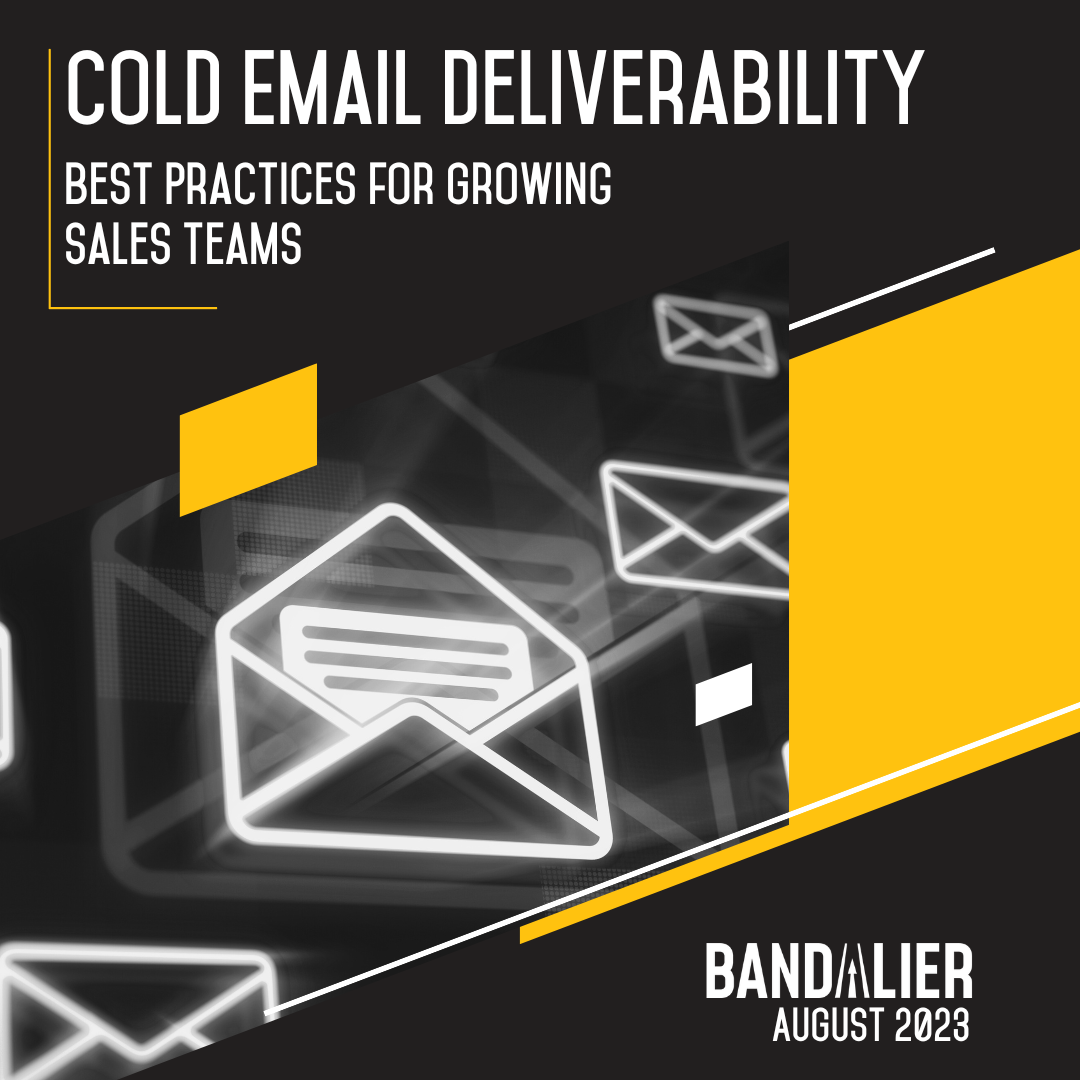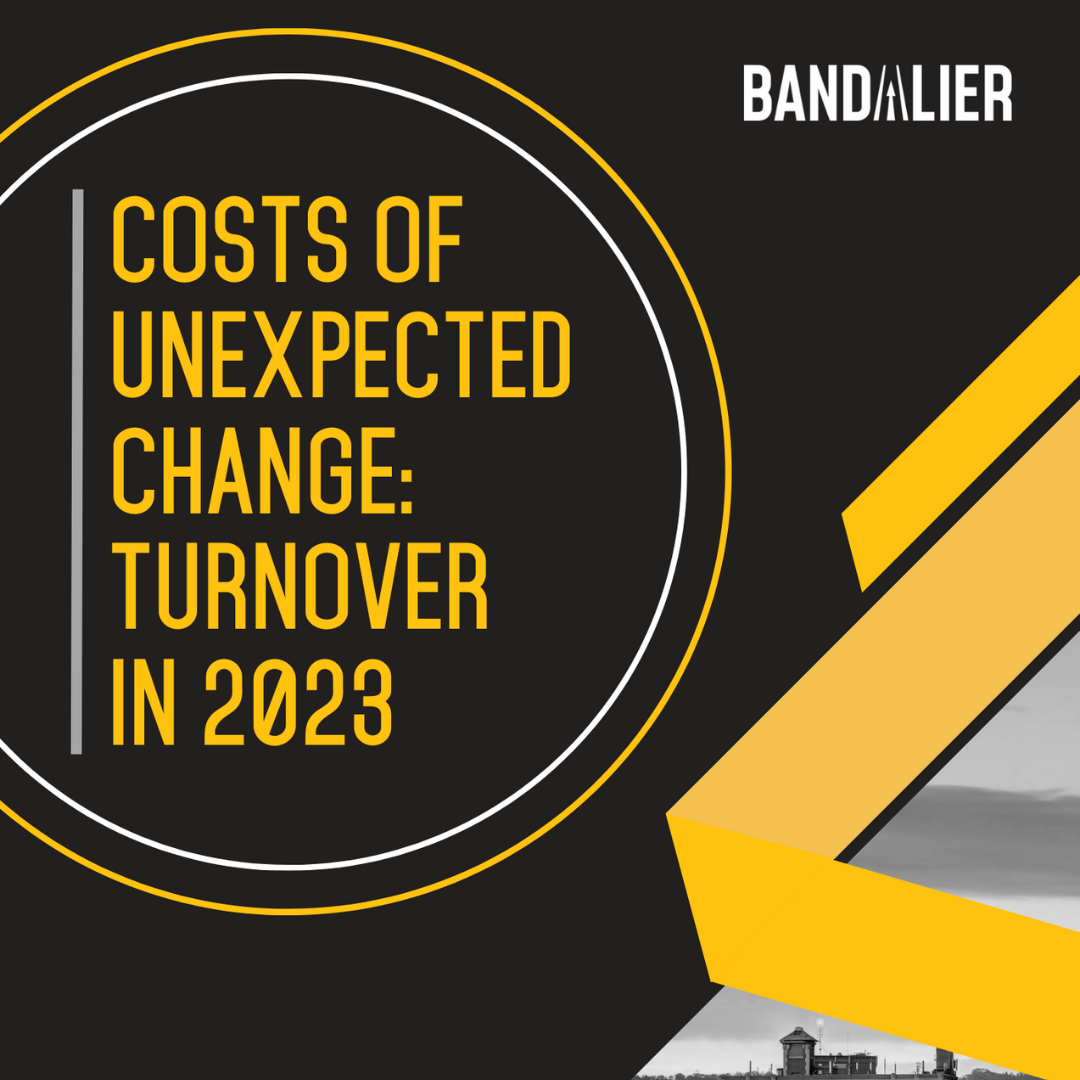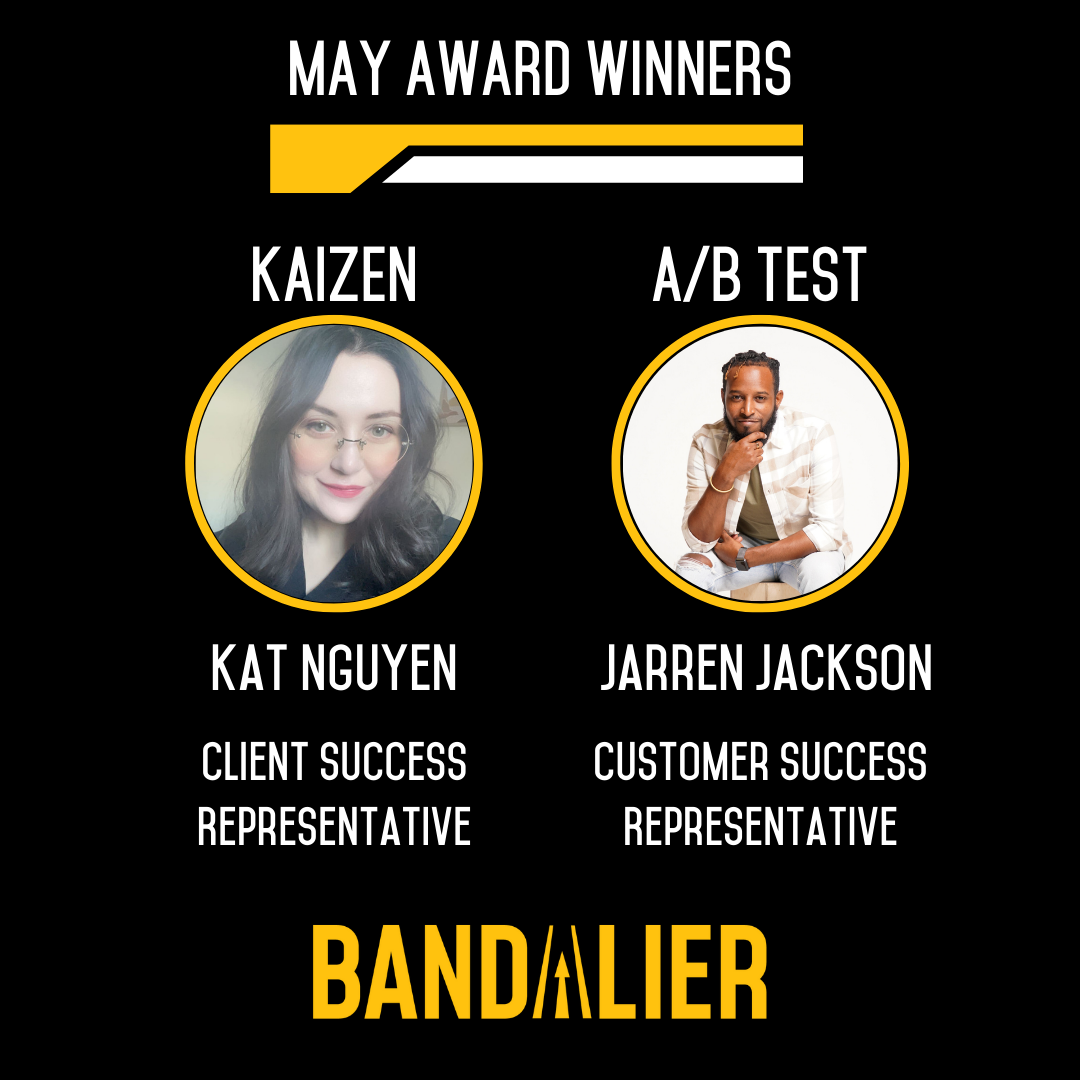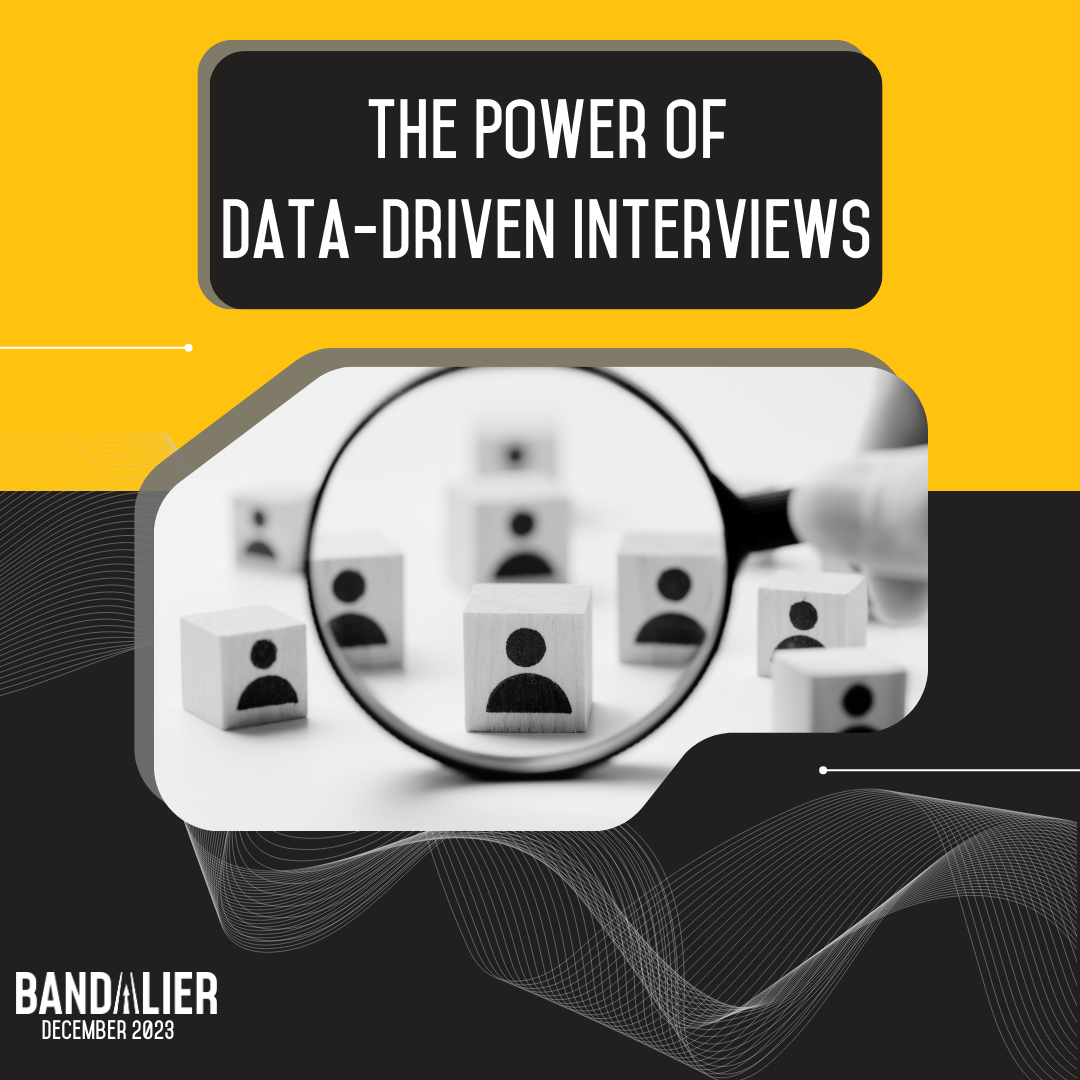If you’ve been following Bandalier, you know that we pride ourselves on hiring excellent team members. We’re looking for folks with grit, determination, and communication skills, and our interview process prompts applicants to demonstrate those skills. Our recruiting page outlines our usual hiring process. The overall structure is fairly traditional – send us your application, we’ll reply with an email, schedule a phone interview, and follow-up with an in-person interview. What sets us apart is our focus on data throughout the hiring process.
“How did you hear about this role?” It’s asked on every application you’ve ever filled out – and for good reason. We track the source of our applications and keep an eye on retention. Bandalier’s best team members have consistently been referrals from other folks on the team. Friends and family members can make for excellent co-workers, and when you have a great culture, it’s easier for team members to recommend it. Throughout the spring, our team members encouraged more than 50 people to apply! Websites like LinkedIn and Indeed are handy too. It’s as easy to post a new role as it is to apply for one. Our experiences with students from Binghamton University encouraged us to recruit students from across the country. We rely on platforms like Handshake and data from sales competitions to help us find highly qualified candidates.
Once an applicant reaches the phone screen, we start exchanging information. Bandalier values transparency, and we want to make sure folks make an informed decision before going through the rest of the interview process. Our phone screen largely consists of information exchange – we’ll tell folks about the position and ask a few questions. This is also the applicant’s first opportunity to ask us questions, and we love to hear them! Throughout the conversation, we’re listening for key indicators of success – questioning skills, tone, modulation, and interest in the role. Our questions are designed to dig into the applicant’s motivations and grit.
Communication skills are key for our sales reps, so the next step in our hiring process is a writing sample. Written communication is crucial for a successful sales campaign – a highly personalized email can go a long way to help set up a meeting for our clients.
At this point, we schedule successful applicants for their final interview. Some companies opt for intense hiring panels – we opt for a conversation with two people from our team. We have a big group that can run interviews. You’re just as likely to chat with two people from our leadership team as you are to meet our CEO and Head of Office. That may sound daunting, but we believe in having a conversation with potential candidates – not high-stress interviews. We start off by talking over the last few details of the job, and then go into our last few questions.
Throughout the virtual interview, we’re listening carefully to the applicant’s answers and taking notes. Our team uses a consistent rubric to grade responses, and the two interviewers meet after each interview to review and consolidate their responses. While most of our rubric is geared toward evidence-based grading, we leave space for intuition at the end. We use this to iterate on our interview process over time. As we track disparities between our data points, intuition, and team member’s performance, we can find determine where we need to make changes to our interviewing rubric. Bandalier believes in what we refer to as “datagut” – use data to inform your actions and decisions, but don’t ignore a gut feeling. Over time, our goal is to reduce the impact of bias by making our processes more data-driven. It’s a delicate balance, but one that’s worked well for us so far!
